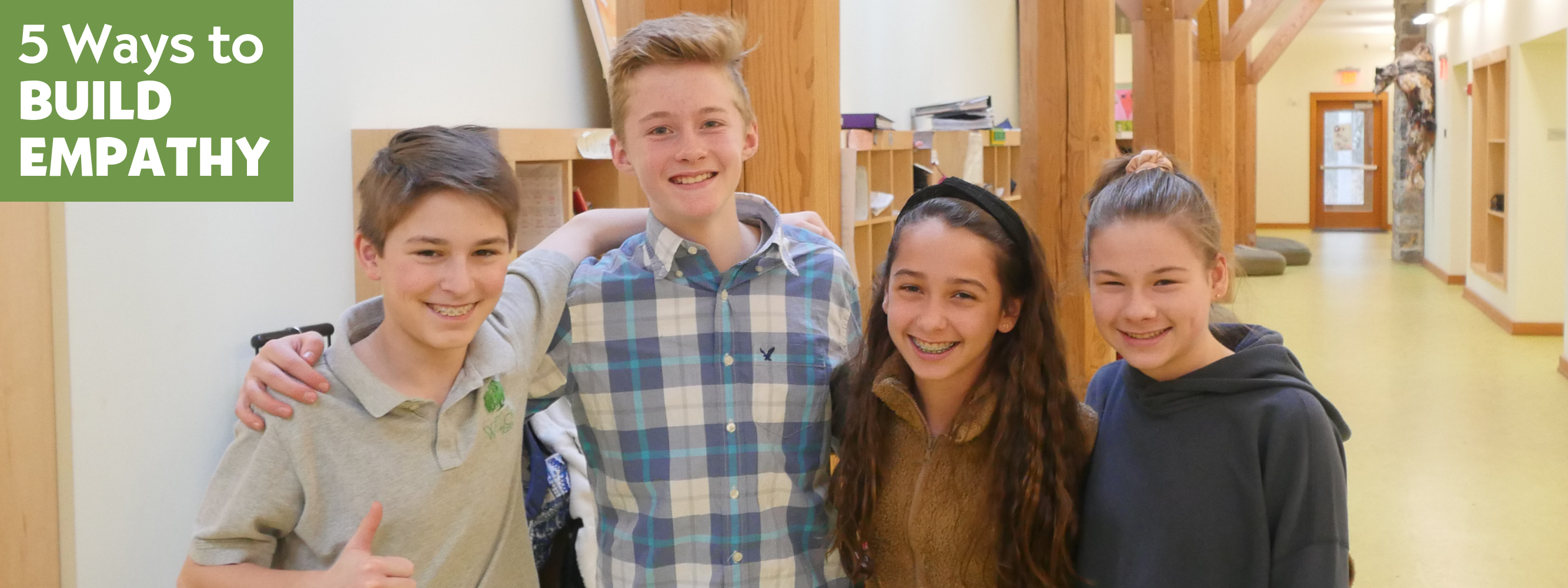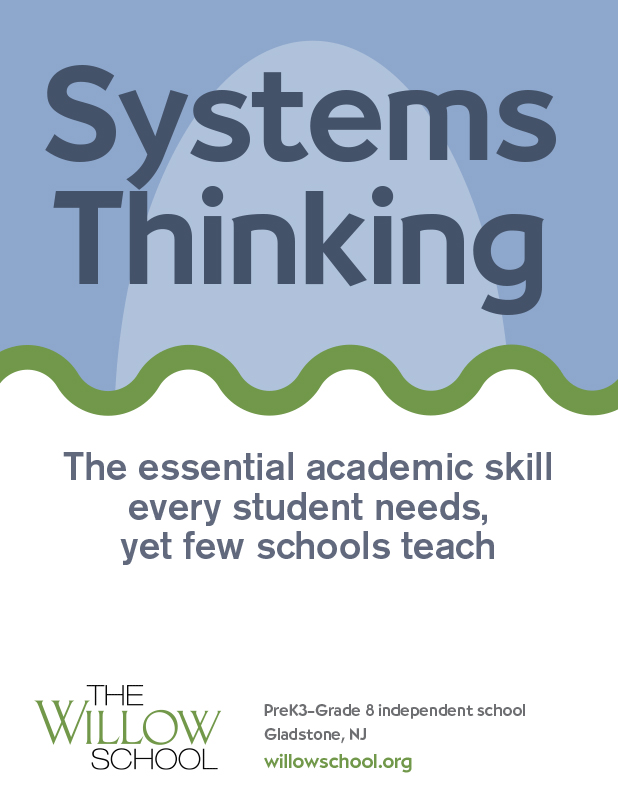
Empathy – a lifelong skill your child should learn by middle school
“You never really understand another person until you consider things from his point of view – until you climb inside of his skin and walk around in it.” — Harper Lee, To Kill A Mockingbird.
Middle school can feel like a place completely lacking in empathy. In these sometimes awkward years, your child is yearning for connection but still figuring out how to best express himself and relate to his peers. This social trial-and-error can easily lead to frustration, isolation, and even bullying or other acting-out behaviors. Developing interpersonal skills is a part of growing up, and something that most kids will struggle with at this age, but that doesn’t make it any less difficult for you or your child. That’s why it’s so important for your child to learn how to develop the skills we now call “emotional intelligence,” especially empathy.
What is Empathy?
Empathy is the ability to identify, understand, and share the emotions of others. Unlike sympathy (feeling pity for someone going through a negative circumstance), empathy is the act of putting ourselves in another person’s shoes and using our own experiences to better understand and be sensitive to that person’s perspective. Empathy helps us develop compassion, offer a helping hand, and take ownership of our community, wherever we are.
Building Empathy in Adolescence
Empathy is a lifelong superpower that will help your child build and maintain authentic relationships, understand and help solve problems, and strengthen his emotional intelligence.
Use these tips to help your child learn and practice empathy:
1. Help your child identify his feelings.
Being able to identify your own feelings is key to becoming an empathetic person. Help your preteen build his emotional vocabulary by asking him to identify his emotions at least once a day. If it’s easier, brainstorm a list of emotions with your child, and use one as a starting point. Talking about one specific emotion may make it easier for your child to hone in on that feeling and express herself.
2. Practice Perspective.
Empathy Bingo is one way for preteens to better understand the experiences and perspectives of others. Willow middle school students started the year off playing this game in groups. They are given a bingo card with words like “one-upping,” “consoling,” “empathizing,” “advising,” “interrogating,” and “correcting” written on it. The teacher leading the activity then reads aloud a few examples of conversations (ex. “I fell off of my bike. Look at my scar!” “That’s nothing, you should see the one I have on my knee.”) and then asks the groups to work together to identify which word best describes the response. The exercise helps them think about not just what they say to their peers, but how they say it.
3. Help your child problem solve.
If your child comes home and starts complaining about a friend, for example, it won’t teach him anything to tell him how to react. Solving your child’s problems for him isn’t the answer. Instead, help her figure out how she will respond on her own by asking questions like, “What is your friend doing that’s upsetting you? Why do you think your friend is behaving this way? How will you talk to your friend about their behavior? Is there anything you can do differently to help the situation?” Asking these types of questions will fortify your child’s cognitive and emotional empathy and help her figure out how to respond.
4. Use yourself as an example.
Children model what they see. It’s important to share stories with your child about times when you used empathy to solve a problem or build a relationship with someone. Remember to use empathy to relate to your child, too!
5. Give your child responsibility.
Children who have responsibilities are more empathetic and caring. Encourage your child to care for a pet or join a community service project together as a family. This will help your child understand that others rely on him. This type of accountability should also be given to students at school. For example, at Willow, middle school students are given responsibilities like lunch clean-up duties, organizing school events like the talent show, and mentoring younger children.
Be patient with your preteen. Pick the appropriate moments to practice the tips above and try to keep your tone of voice neutral. Being empathetic is a conscious effort for young adults that requires trial and error. They need your support!
The 3 Types of Empathy & Your Middle Schooler

Willow middle schoolers build their empathy by taking on responsibility at school and in the community.
1. Emotional Empathy
Emotional empathy is the automatic and often unconscious response we have to another’s emotion. This type of empathy happens to us, almost as if you can quite literally feel another person’s emotions. It is the first type of empathy that we feel as children. For example, when you smile at a baby and he “catches” your emotion and smiles back, or when you find yourself crying during a movie because the character is sad.
In girls, emotional empathy tends to remain high and stable through adolescence. In boys, there is a decline between the ages of 13-16 related to the increase of testosterone levels, but this recovers in the later teen years.
2. Cognitive Empathy
This type of empathy is rational and logical. It enables someone to understand how a person feels and what they might be thinking in a conscious, deliberate, and somewhat abstract way. Cognitive empathy allows you to see someone’s perspective, but not necessarily engage with their emotions. This “empathy by thought” as opposed to “empathy by feeling” is a skill that everyone can learn by being self-aware and managing our responses adequately. Among doctors, this skill is known as “bedside manner.”
In girls, cognitive empathy begins increasing at the age of 13; in boys, at the age of 15.
3. Compassionate Empathy
This type of empathy moves individuals to take action. Most people who need or want your empathy hope that you won’t only take an emotionally empathic approach, but will act — or help them to act — to resolve the problem at hand.
Building a clear understanding of empathy in preteens will help them have more positive relationships with their peers, reduce bullying behavior, and strengthen their classroom community. With these social and emotional issues under control, students will be able to focus more on academics, too!
At Willow, all three types of empathy are modeled and practiced on a daily basis from Age 3 to Grade 8 through our Virtues Program that fosters a community and culture unmatched by other schools.
Learn how your middle schooler can thrive at Willow. Sign up for personal tour!
Request our ebook on Systems Thinking. We will email it to you immediately.

Director of Admissions Lisa VanderVeen is here to help! Contact her at (908) 470-9500, ext. 1100 or via email.

